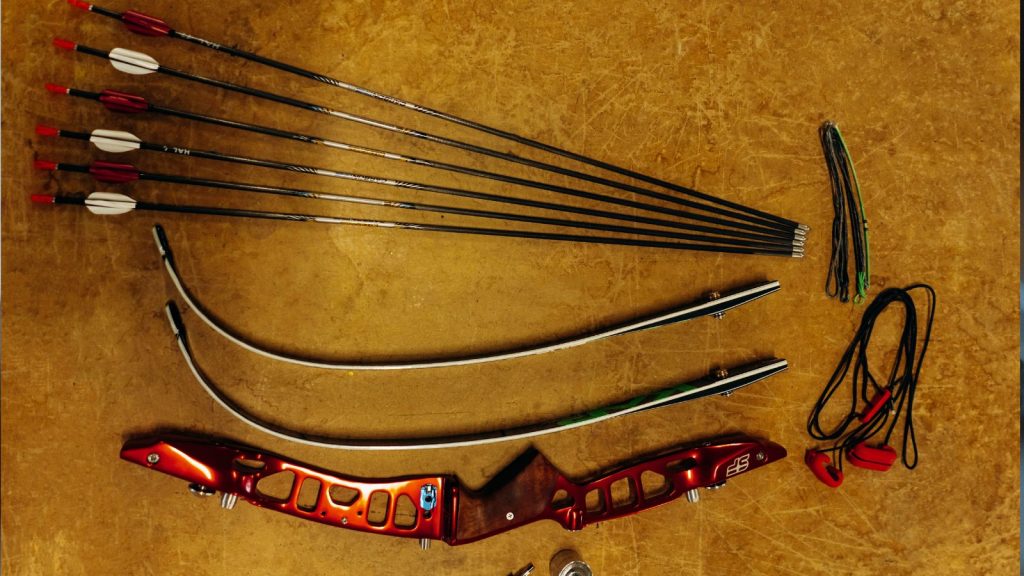The Mississippian civilization (800 CE–1600 CE) was a highly organized, agrarian society that thrived in the Mississippi River Valley. Known for its complex social structure, monumental architecture, and agricultural prowess, the Mississippians left an indelible mark on North American history. One iconic representation of their culture is the animated Mississippian holding a bow and arrow, symbolizing their resourcefulness, hunting practices, and cultural identity.
This article explores the history, lifestyle, and legacy of the Mississippian people, while addressing common questions about their fascinating civilization.
Mississippian Society: Key Features
1. Agriculture and Sustenance
The Mississippians were expert farmers, relying on the “Three Sisters” crops: maize, beans, and squash. These staples not only sustained their large populations but also supported trade and economic stability.
2. Urban Centers
The civilization was marked by large, permanent settlements, with Cahokia being the most prominent. Located near present-day St. Louis, Cahokia featured massive earthen mounds, plazas, and a bustling population of tens of thousands.
3. Tools and Weaponry
The bow and arrow, depicted in animated representations, was a crucial tool for hunting and warfare. It highlights the Mississippians’ ingenuity in creating effective weaponry suited to their environment.
4. Social Hierarchy
The society was organized into a chiefdom system, with powerful leaders presiding over religious, political, and economic matters. These leaders often resided atop large ceremonial mounds.
The Significance of the Bow and Arrow
The bow and arrow was more than just a tool; it was a symbol of survival and skill. It played a pivotal role in:
- Hunting: Providing sustenance through the capture of deer, turkey, and other game.
- Defense: Protecting settlements from rival groups.
- Cultural Identity: Reflecting the craftsmanship and ingenuity of Mississippian artisans.
Legacy of the Mississippian Civilization
Although the civilization declined around the early 1600s, its influence is still evident in the archaeological sites, cultural traditions, and historical studies of Native American societies. Cahokia, in particular, remains a UNESCO World Heritage Site, attracting researchers and visitors worldwide.
FAQs About the Animated Mississippian Holding a Bow and Arrow
1. What does the animated Mississippian holding a bow and arrow symbolize?
It symbolizes the Mississippian people’s expertise in hunting, warfare, and craftsmanship. It also reflects their connection to nature and reliance on tools for sustenance and protection.
2. Why was the bow and arrow important to the Mississippian civilization?
The bow and arrow were essential for hunting game, defending settlements, and asserting dominance in intertribal conflicts. Its effectiveness made it a cornerstone of their daily life.
3. What was Cahokia, and why is it significant?
Cahokia was the largest urban center of the Mississippian civilization, featuring monumental mounds, a complex social structure, and a thriving population. It is a key archaeological site for understanding pre-Columbian North America.
4. How did the Mississippians sustain their large populations?
Through advanced agricultural techniques, they cultivated staple crops like maize, beans, and squash. These, combined with hunting and trade, ensured food security and economic prosperity.
5. What led to the decline of the Mississippian civilization?
The decline is attributed to factors like environmental changes, resource depletion, social upheaval, and the arrival of European settlers, which disrupted their way of life.
Conclusion
The animated Mississippian holding a bow and arrow serves as a vivid reminder of a vibrant civilization that thrived for centuries in the heart of North America. Their innovative practices, cultural achievements, and resilience continue to inspire and educate, leaving a legacy that transcends time. Through ongoing research and preservation efforts, the story of the Mississippians remains a vital chapter in human history.

